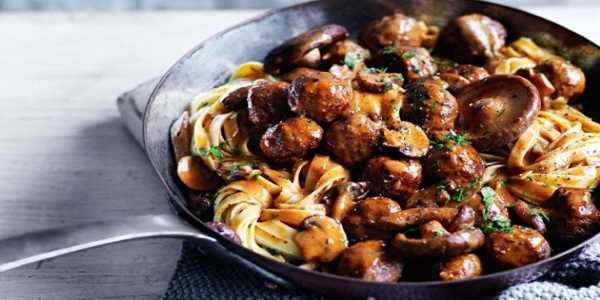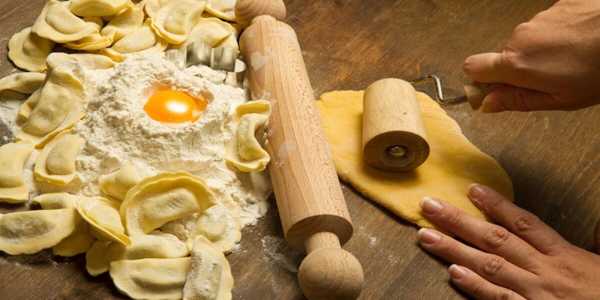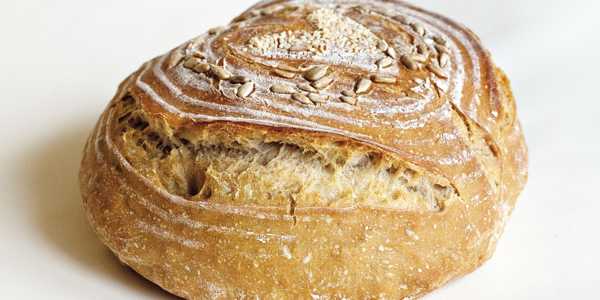Simple Techniques For Making Silky Fresh Pasta
Have you ever tasted fresh, homemade pasta and wondered why it tastes much better than store-bought varieties? It's not just the flavour—the texture, the silkiness, and the satisfaction of creating something delightful with your hands. Making fresh pasta at home might sound daunting, but with a few simple techniques, anyone can master this timeless culinary art. Let's explore how you can make silky, fresh pasta that will elevate your meals to the next level.
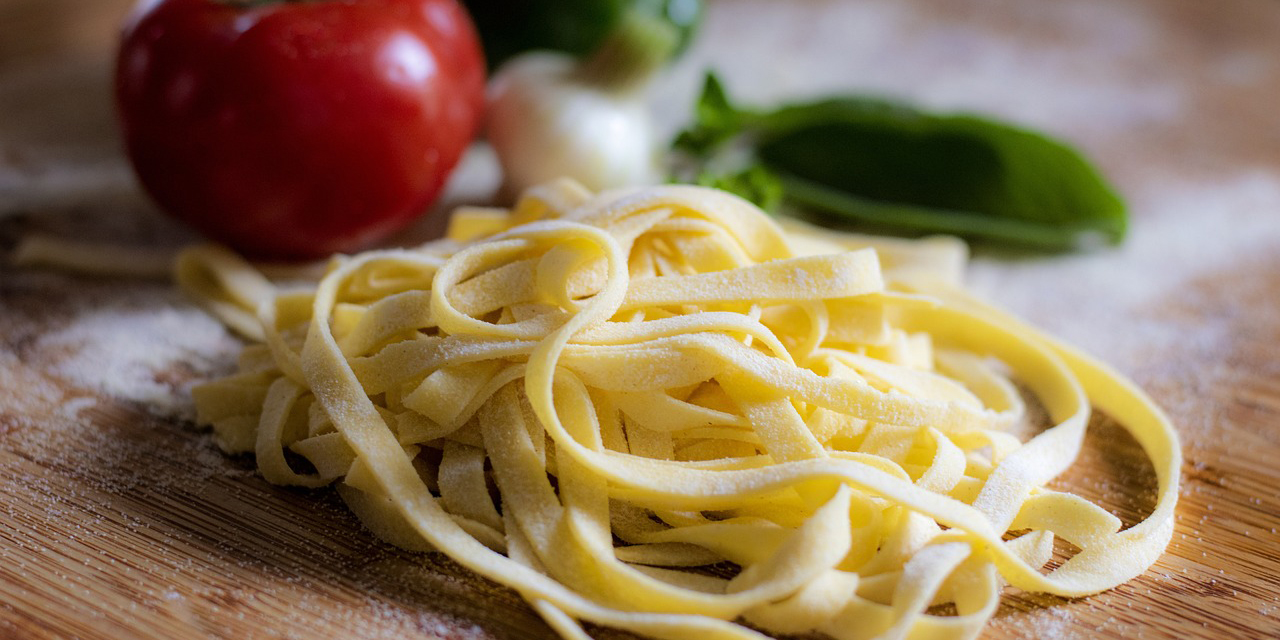
Why Fresh Pasta?
Fresh pasta isn't just a recipe; it's an experience. It's softer, richer, and more versatile than dried pasta, making it the perfect companion for delicate sauces like Alfredo, sage butter, or carbonara. While dried pasta is excellent for hearty dishes like Bolognese, fresh pasta highlights its tender, luxurious texture.
Fun Fact: Fresh pasta is traditionally made with flour and eggs!
Choosing The Right Ingredients
The secret to silky pasta lies in the quality of your ingredients. Since the recipe is so simple, each element matters.
Flour
You can use all-purpose, semolina, or a mix of both. All-purpose flour makes smooth and tender pasta, while semolina adds a slight chew and golden colour.
Eggs
Opt for large, fresh eggs. Their richness gives pasta its velvety texture and vibrant yellow hue.
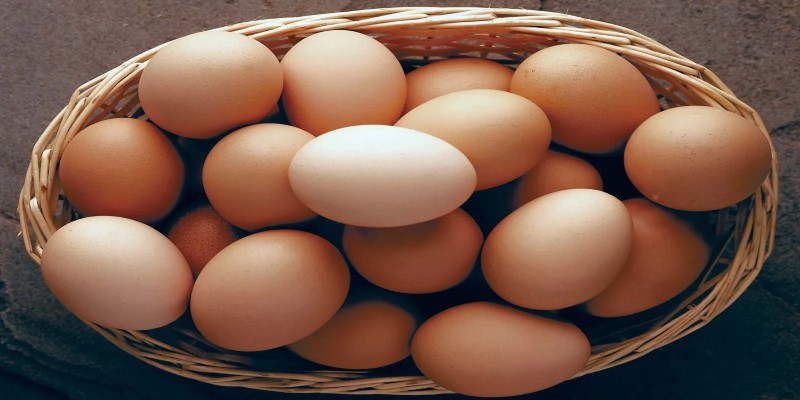
Optional Additions
Some recipes include olive oil or a pinch of salt for extra pliability and flavour, but traditionalists often skip these extras.
Step-by-Step Guide To Making Fresh Pasta
1. Mixing The Dough
Start with this simple ratio:
• 2 cups of flour
• 3 large eggs
Make a mound of flour on a clean surface and create a well in the centre. Crack the eggs into the well and whisk them gently with a fork. Gradually mix the flour from the edges until a shaggy dough forms.
Pro Tip: If the dough feels too dry, add a teaspoon of water. If it’s too sticky, sprinkle a bit more flour.
2. Kneading
Kneading is where the magic happens. It develops gluten, giving the dough its elasticity and smooth texture.
• Knead the dough by pressing it forward with the heel of your hand, folding it over, and turning it 90 degrees.
• Repeat for 8–10 minutes or until the dough is smooth and elastic.
Wrap the dough in plastic wrap and let it rest for at least 30 minutes. This allows the gluten to relax, making it easier to roll out.
3. Rolling Out The Dough
Rolling out pasta dough can be done with a rolling pin or machine.
Using a Pasta Machine:
• Divide the dough into four pieces. Keep unused portions covered to prevent drying out.
• Flatten one piece and pass it through the widest setting of your pasta machine. Fold it in thirds like a letter and pass it through again. Repeat this process a few times to strengthen the dough.
• Gradually reduce the machine’s thickness setting, rolling the dough thinner with each pass. Stop when the sheet is thin enough to see your hand through it.
By Hand:
• Use a floured rolling pin to roll out the dough evenly. Start in the centre and roll outward, turning the dough frequently to maintain its shape.
4. Cutting The Pasta
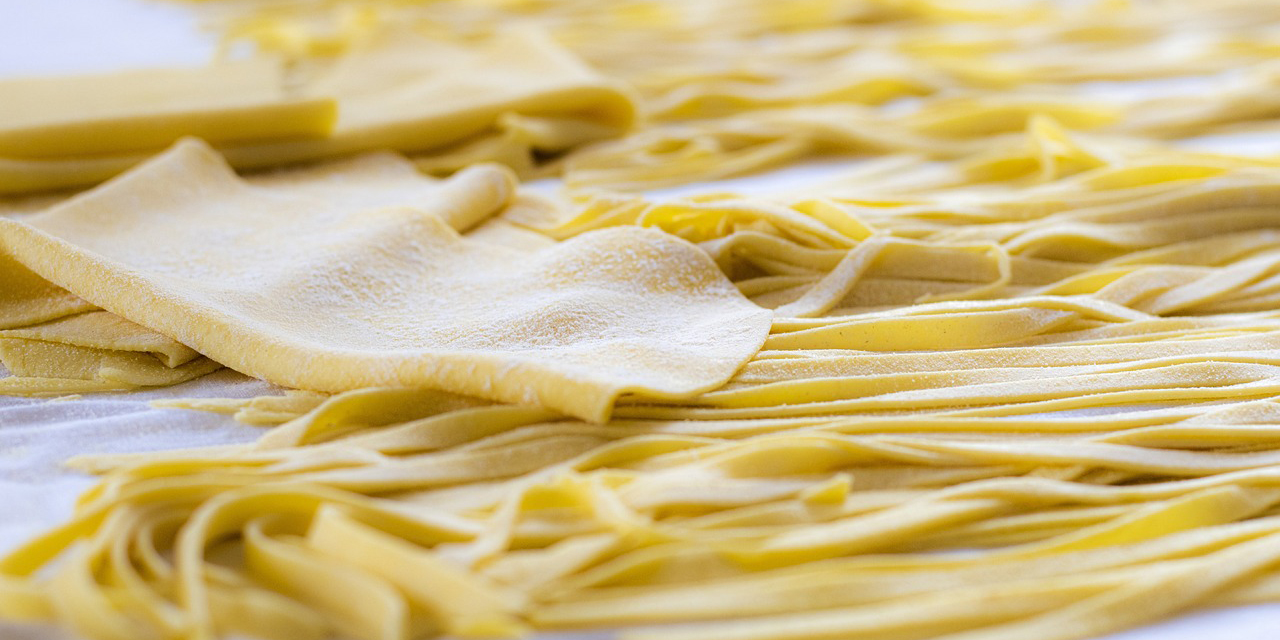
The shape of your pasta depends on how you want to use it. Here are a few ideas:
• Fettuccine or Tagliatelle: Roll the dough into a loose log and slice it into thin strips. Unroll the strips to reveal long, silky noodles.
• Ravioli: Place small mounds of filling on one pasta sheet, cover with another sheet, and seal around the edges.
• Pappardelle: Slice the dough into wide ribbons for a hearty, elegant shape.
• Lasagna Sheets: Cut the dough into rectangles that fit your baking dish.
Dust the pasta with flour to prevent sticking and set aside.
Cooking Fresh Pasta
Fresh pasta cooks much faster than dried pasta—usually in 2–3 minutes.
1. Bring a large pot of salted water to a rolling boil.
2. Add the pasta and stir gently to prevent sticking.
3. Taste-test a piece after a couple of minutes to check for doneness. Fresh pasta should be tender but still have a slight bite.
Drain the pasta and toss it immediately with your chosen sauce to prevent clumping.
Pairing Fresh Pasta With Sauces
Fresh pasta’s delicate texture pairs beautifully with lighter, creamy, or oil-based sauces. Here are some classic combinations:
Tagliatelle
Perfect with a rich, buttery Alfredo sauce or a creamy mushroom sauce.
Ravioli
Try filling with ricotta and spinach, and serve with sage-infused brown butter.
Pappardelle
Best for hearty ragùs, such as a slow-cooked lamb or beef sauce.
Spaghetti
A classic pairing for carbonara or aglio e olio.
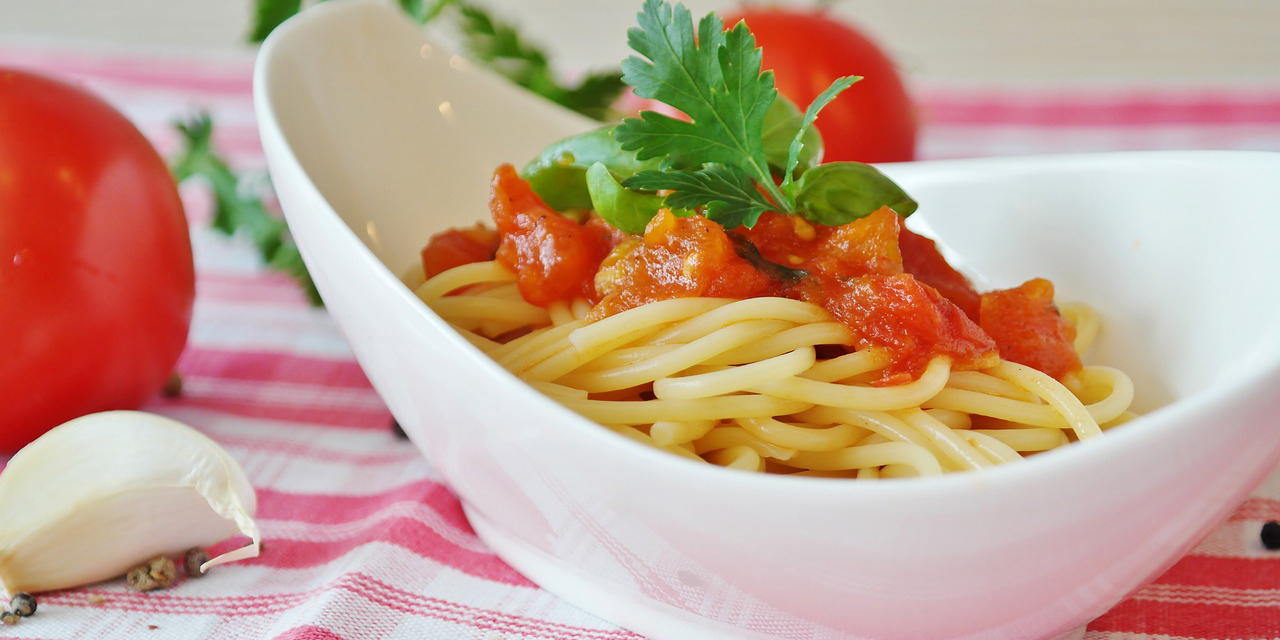
Troubleshooting Common Pasta Issues
Is Your Dough Too Dry?
Add water and one teaspoon until the dough comes together.
Sticky Dough?
Dust your hands and surface with flour to make it easier to work with.
Cracking Or Breaking?
The dough may be under-kneaded or too cold. Knead it a bit more and let it warm up before rolling.
Elevate Your Pasta Game: Variations To Try
Once you’ve mastered the basics, experiment with these fun twists:
Herbed Pasta
Add chopped fresh herbs like basil or parsley to the dough.
Spinach Pasta
Puree fresh spinach and mix it into the dough for vibrant green pasta.
Beet Pasta
Incorporate roasted beet puree for a striking pink hue.
Squid Ink Pasta
Add a small amount of squid ink for dramatic black pasta that pairs beautifully with seafood.
Why Homemade Pasta Is Worth It?
It's easier to grab a box of dried pasta from the store. But making pasta from scratch transforms a simple meal into a memorable experience. It's an opportunity to slow down, connect with the craft of cooking, and create something that's yours.
Plus, the taste and texture of fresh pasta are unmatched. Fresh pasta is always a showstopper whether you're cooking for yourself, your family, or guests.
Get Started Today!
Making fresh pasta might seem intimidating, but once you've tried it, you'll never look back. With just a few simple ingredients and techniques, you can create silky, tender pasta that makes every meal feel like an Italian feast.
So, roll up your sleeves, dust off your countertop, and get ready to impress yourself (and everyone else) with your homemade pasta-making skills. You’ve got this!
